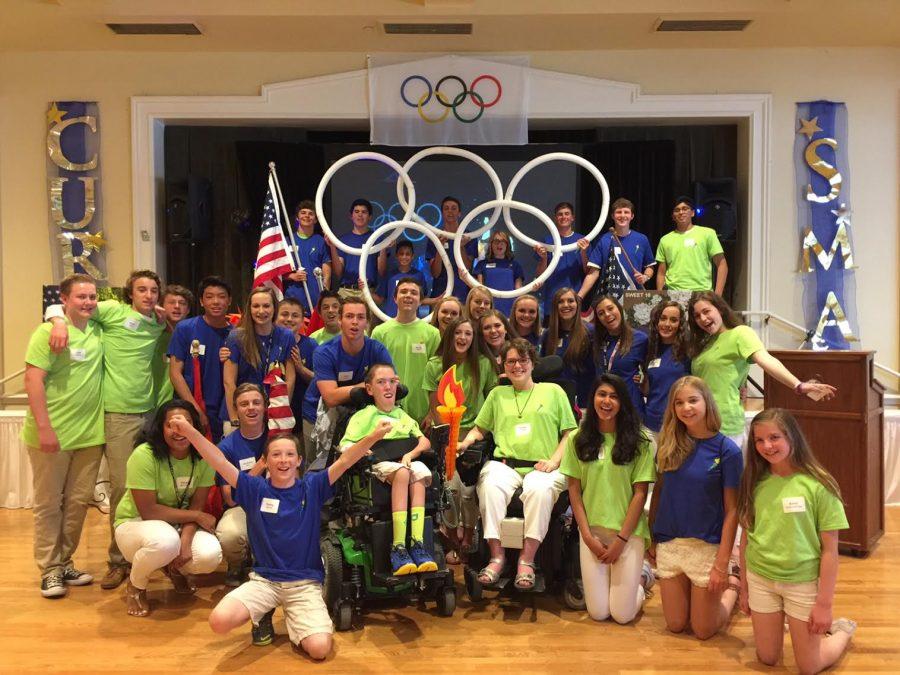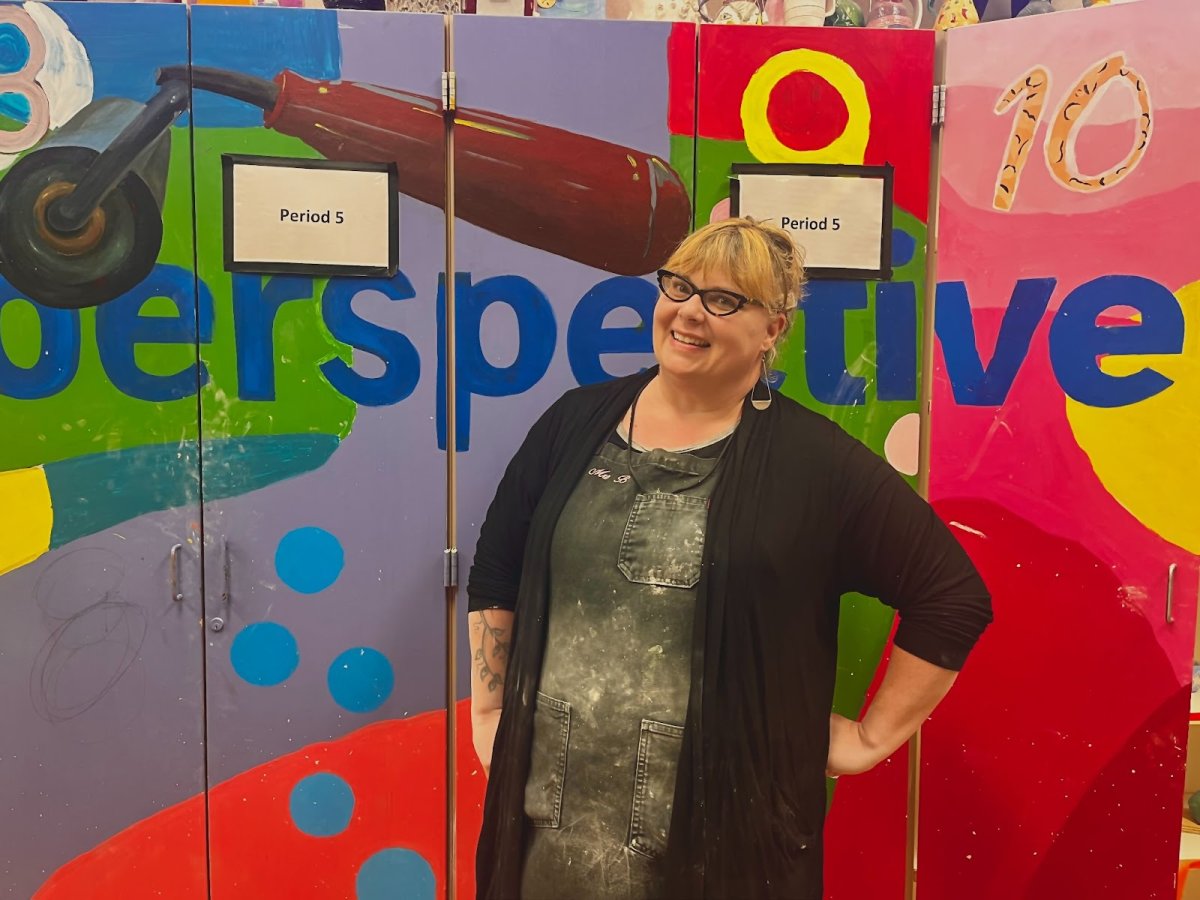FDA approves treatment for SMA
Monte Vista students participate in concert for a cure, a fundraiser to promote awareness and raise money to find a cure for SMA. This is an annual fundraiser organized by Mary McHale with the help of club representatives. (Courtesy of Julia Berg)
January 24, 2017
On December 23rd, 2016, the FDA approved the drug Spinraza, a nusinersen, for treatment of infants, children, and adults with SMA.
The approval the drug is cause for excitement: it is the first FDA approved treatment of SMA. The drug was created in summer of 2016 and needed approval. Usually, this takes an average ten months, but the for this particular drug, it only took four months. It was given a fast track because it is the first treatment for SMA, according to the FDA’s website.
“The FDA is committed to assisting with the development and approval of safe and effective drugs for rare diseases and we worked hard to review this application quickly; we could not be more pleased to have the first approved treatment for this debilitating disease.” said Billy Dunn, M.D., director of the Division of Neurology Products in the FDA’s Center for Drug Evaluation and Research.
Spinraza, which was created by a company called Biogen, is expected to halt the progression of the disease. The clinical trial included 121 patients, all of which were in between 6 and 7 months at the time of the first dose. They were divided into two groups that were randomly selected: a control group and group that received the drug. Of those who received the drug, 40% of the patients had improvements in motor skills.
Junior Danny McHale has type 2 of SMA and is a club officer of the Cure SMA club. He and his family were very excited to hear about the news.
“The hope makes me stronger,” McHale said.
Spinal Muscular Atrophy, SMA, is a genetic disease that affects the nerves, making it harder to walk, move and talk. SMA affects about every 1 in 10,000 newborns in the United States and is the most common genetic cause of infant death.
“We always knew that we were working towards a cure, but this kinda showed us that our fundraising and efforts were actually making a difference,” Brady Martin said. He is one of the co-presidents of the Cure SMA club and longtime friend of McHale.
Junior Julia Berg is a co-president of the club as well, and strongly encourages students to participate in the club because it is a rewarding experience and a way to help out a fellow mustang.
“This is only our second year the club has been active and we are trying to get the members more involved in fundraising!” Berg said.
The Cure SMA club had a meeting to celebrate and talk about the new treatment for SMA. Martin brought cookies to celebrate.
“We are going to celebrate it,” Martin said. “It’s really a big deal because it shows that what we’re doing is actually counting for something.”
Co-President of the club, junior Natalie Couture, was very excited about the development of the drug and so thankful that the money the club has raised has finally paid off.
“Nothing makes me more happy than to know that we are making a difference in our friend’s life and the lives of others with SMA,” Couture said.
She strongly encourages other students to participate in the club and its events because it is something that is benefitting our classmate and friend in our community. The Cure SMA club does a variety of different fundraisers through the school, most notably ‘Concert for a Cure’.
Couture’s favorite part about participating in ‘Concert for a Cure’ is the direct action that the students are able to take to achieve results that will benefit their friend.
“Rather than standing by, participating in the event allows us to be directly involved in creating change that will help Danny,” Couture said.













